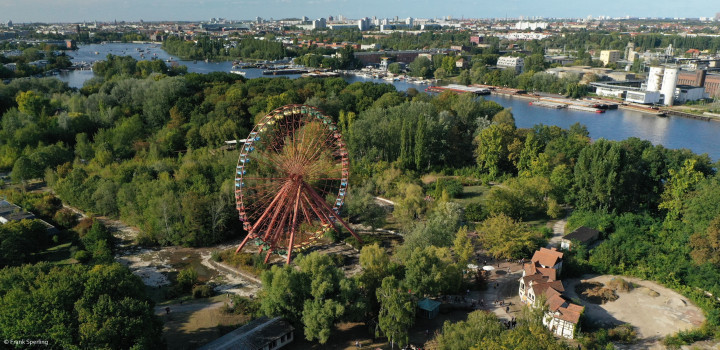Designing a park is the supreme discipline of landscape architecture. The more concentrated the city becomes the more parks gain in importance. Parks that can be utilized in diverse ways can significantly improve quality of life in the city.
Anyone who has spent time in a park on a summer day knows how multilayered the utilization demands are. It is also necessary to take into account the ecological, urban-development, and design requirements. Our park concepts facilitate diverse uses, which are constantly negotiated anew in social discourse and can be adapted to current needs. Today, the multifaceted ways in which a park can be used is an important indicator of a self-assured city. In an era of global migration and ecological crisis, the communal experience in parks is part of the basis of a vibrant society.






























